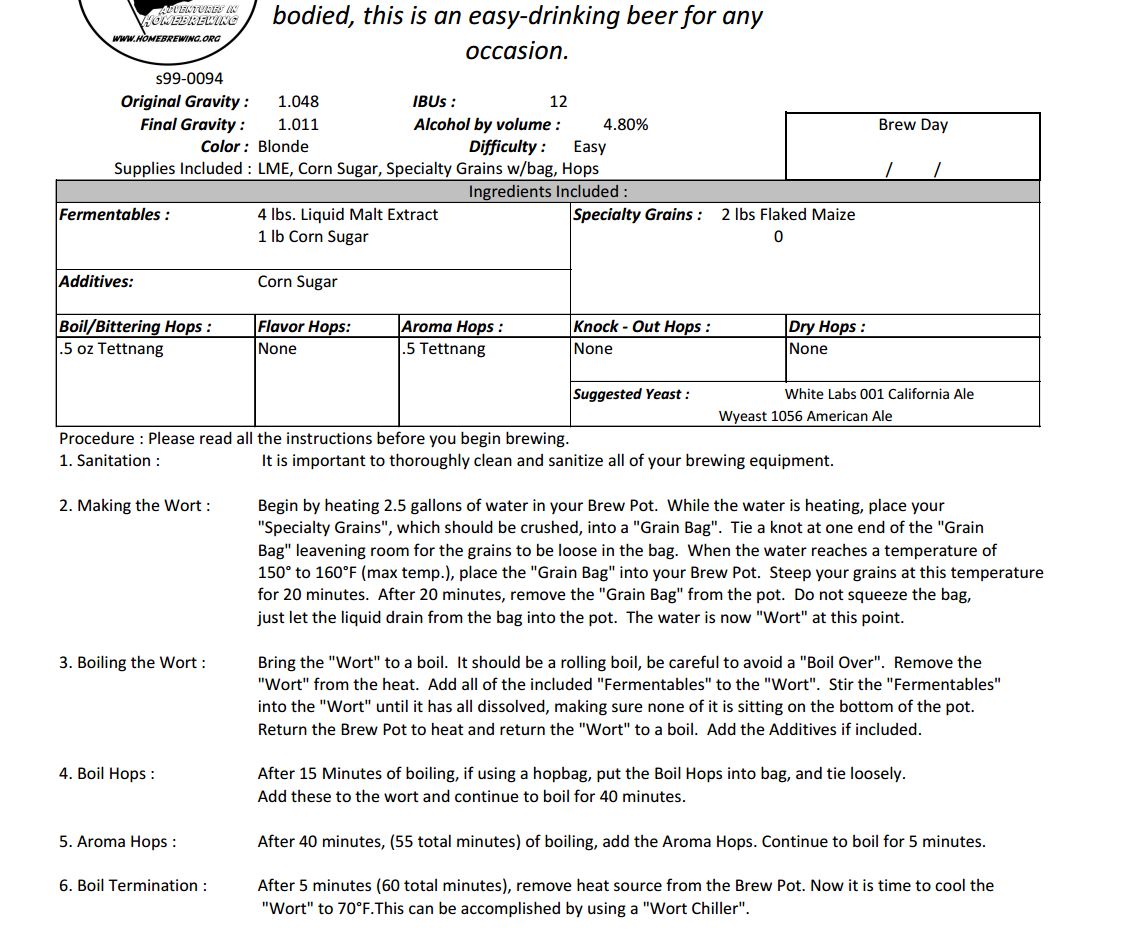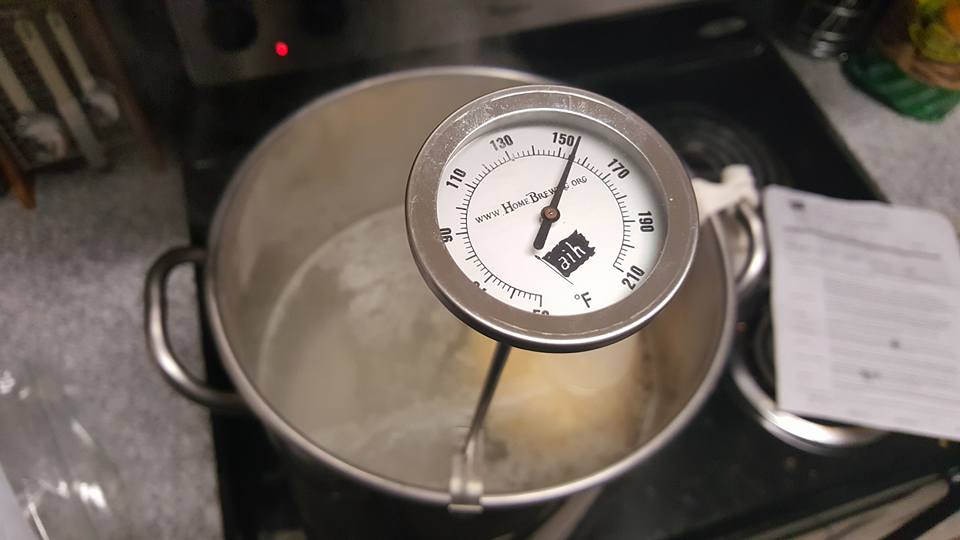Yesterday was my first day to home brew and i absolutely loved it. since this was my first time i decided to pick the easiest clone kit i could find so i settled on a Sol clone kit that was rated easy just to get the feel of things. im not expecting to get life changing good beer out of this but i like to start from the beginning and get a feel for things. i was really comfortable with the process and everything seemed to have gone great. when cooling my wort i still had several gallons to add so i added cold spring water to help cool it faster the wort was under 75 in about 15 min. i then auto siphoned wort to the fermenting bucket and added my last bit of spring water. when i took my og reading with the temp at about 72 or 73 degrees i read about 1.044 maybe closer to 1.043 with the corrections to the hydrometer reading according to the specs provided on instructions i added .002 which brought it to around 1.045 or 1.046. the instructions say i need a og of 1.048.so i failed somewhere but feel maybe my wort was not mixed well.
so i guess my question is if my og is too far off should i just throw out and start over or what is an acceptable range of gravity readings. i think next time i'll take gravity readings as i add my water to be sure i hit my mark.
thanks in advance for the help.




so i guess my question is if my og is too far off should i just throw out and start over or what is an acceptable range of gravity readings. i think next time i'll take gravity readings as i add my water to be sure i hit my mark.
thanks in advance for the help.







